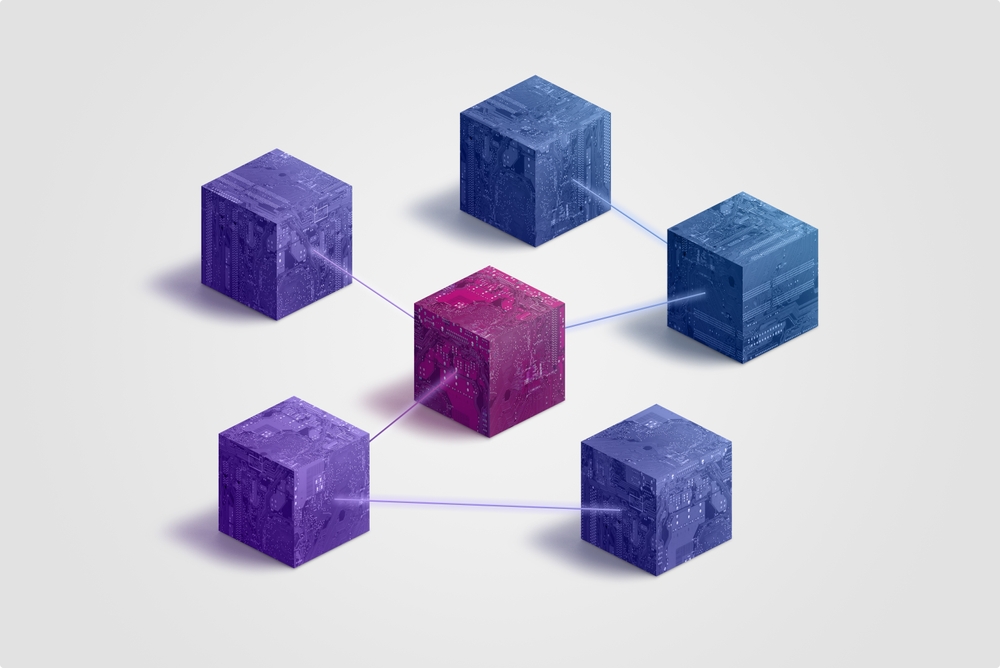Blockchain is a decentralized technology that allows data to be recorded in a transparent, secure, and immutable manner. With the security features it offers, blockchain has the potential to revolutionize email security. It can provide solutions that address the vulnerabilities of traditional email protocols, preserving the confidentiality and integrity of emails.
Blockchain technology operates on a decentralized network to verify transactions without the need for a central authority. On the other hand, email systems are typically server-based, which poses a risk of account takeover when these servers become the target of hackers or malicious actors. Blockchain-based email systems, with their decentralized structure, make attacks on a central server far less likely. Emails are verified by the entire network rather than a single system, preventing attackers from manipulating the system.
Blockchain employs strong encryption methods for security. In blockchain-based email communications, each email transaction is protected by a cryptographic signature. This ensures that only authorized recipients can read the sent emails. Systems such as data encryption, end-to-end encryption, and key management make the system more resilient.
With end-to-end encryption, emails are encrypted from the moment they are sent until they are received. The sender encrypts the message, and only the recipient can decrypt it. This is an essential method to prevent emails from being intercepted during transmission. Key management, another method, ensures the secure distribution of blockchain encryption keys. Thus, emails can only be read by the intended recipient.
Blockchain also uses digital signature technology to verify the identities of senders and recipients. Digital signatures guarantee that the emails originate from a legitimate source and have not been altered in transit. This helps prevent phishing attacks and fake emails. Every email transaction in blockchain is digitally signed by the sender, ensuring that the email’s source is verified and its content unaltered, while quickly blocking fake senders.
One of the key features of blockchain technology is the immutability of transactions. Once a transaction is recorded in the blockchain, it cannot be altered or deleted. Recording emails on the blockchain helps preserve the integrity and accuracy of messages. Additionally, each email transaction can be tracked in the blockchain, allowing clear traceability of when the email was sent, who received it, and whether any interference occurred. This transparency is essential in detecting security breaches. The immutable nature of blockchains also prevents email content from being altered after it has been sent, providing higher security.
A major advantage of using blockchain for email security is its protection against spam and phishing attacks. Fake senders can be quickly detected and blocked. Smart contracts running on blockchain can be utilized for spam filtering. Smart contracts integrated into email systems can automatically block spam and phishing emails based on certain criteria, blacklisting fake email senders and preventing all emails from such addresses.
How Is Email Authentication Done with Blockchain Technology?
Email authentication processes can be carried out more effectively, securely, and transparently with blockchain technology. Traditional email authentication methods operate through centralized systems, which may have various security vulnerabilities. The decentralized and encryption-focused structure of blockchain provides an additional layer of security. The use of digital signatures is a key feature. Digital signatures are used to authenticate the sender. When emails are sent with the sender’s digital signature, it guarantees that the message has not been altered and that the sender is who they claim to be.
Blockchain enables decentralized identity management. In email authentication, decentralized identities are digital identities recorded on the blockchain and used to verify the identities of email senders and recipients. This ensures protection against fake attempts.
What Are the Risks of Using Blockchain in Email Communication?
Although blockchain technology offers many advantages, it also carries some risks. In blockchain networks, transaction confirmation can take time, which can negatively impact the user experience in email communication, especially when real-time communication is essential. High email volumes may cause delays and increase processing times on the blockchain, preventing emails from being delivered promptly.
Blockchain technology is relatively new and requires advanced technical expertise for implementation and management, creating a learning curve for email service providers and users. Setting up and maintaining a blockchain network, especially private or permissioned blockchains, can also involve high costs.
While blockchain offers enhanced security and transparency in email communication, challenges in scalability, privacy, cost, regulations, and security may turn these advantages into disadvantages.
SIGN UP FREE



